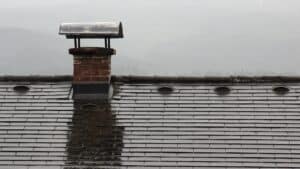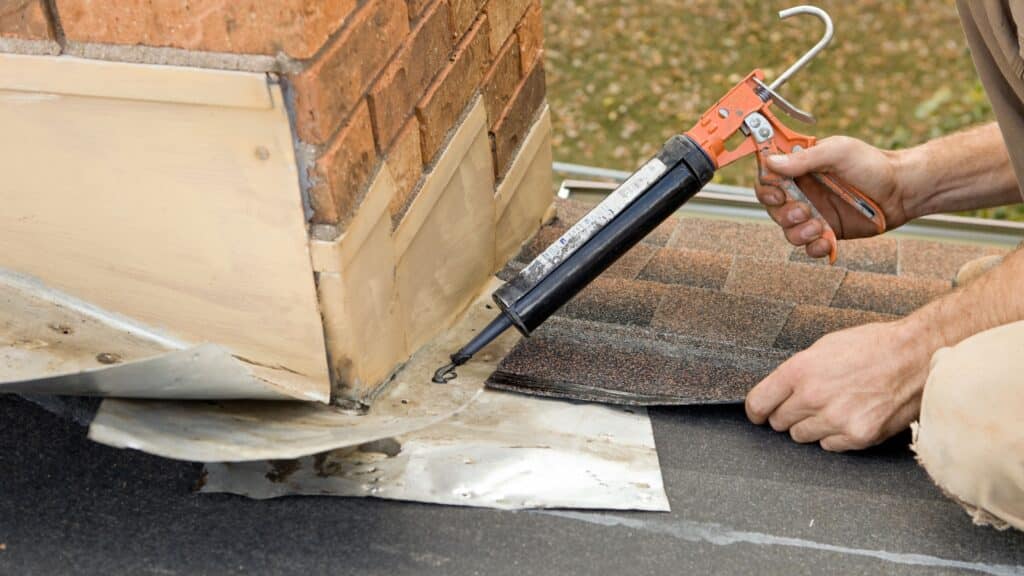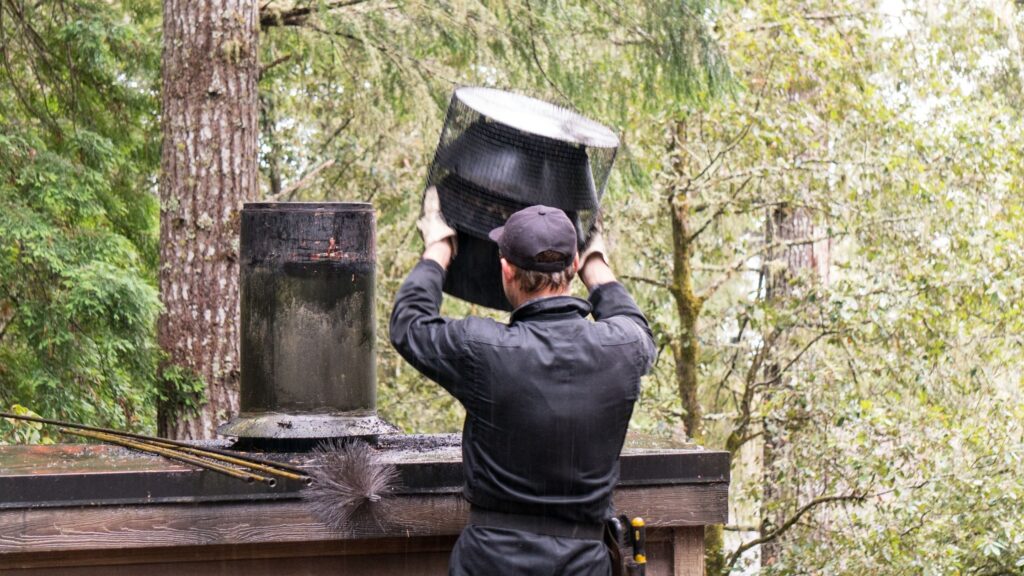When you’re using your fireplace, a proper chimney draft is essential for safety and comfort. A malfunctioning chimney draft can lead to smoke backing up into your home, poor air quality, and even carbon monoxide hazards. Understanding the causes of chimney draft issues and how to address them is key to keeping your home safe and cozy, especially in areas like Catskill, Greene County, and Hudson County, where cold winters can make fireplaces essential.
In this article, we’ll break down common chimney draft problems, how they affect your indoor air quality, and the best ways to solve and prevent these issues.
What is Chimney Draft?
Chimney draft refers to the airflow that moves smoke, combustion gases, and particulates up the chimney and out of your home. This airflow relies on the difference between the hot air from the fire (which rises) and the cooler outdoor air. When the draft is working correctly, smoke is efficiently vented outside, allowing you to enjoy your fireplace safely.
However, if the draft is too weak or too strong, it can cause significant problems.
Common Causes of Chimney Draft Issues
There are several reasons why your chimney draft may not be functioning properly. Here are the most common causes:
1. Blockages in the Chimney
Obstructions like bird nests, debris, or creosote buildup can restrict airflow, preventing proper drafting. Creosote is particularly dangerous as it’s highly flammable and can lead to chimney fires if left unchecked.
2. Negative Air Pressure
Homes that are too airtight can create negative pressure, which disrupts chimney drafting. This is often an issue in modern, energy-efficient homes where the air exchange between inside and outside is limited.
3. Improper Chimney Height
If your chimney is too short or not properly designed, it won’t be able to create the necessary draft to draw out smoke effectively. Chimneys must extend at least two feet higher than any part of the roof within a ten-foot radius.
4. Cold Flue
If the chimney flue is cold, it can prevent the hot air from rising. This is particularly common in unused chimneys during colder months. The cold air trapped inside acts as a barrier, stopping the smoke from rising and escaping efficiently.
5. Weather Conditions
Strong winds, extreme cold, or even high humidity can disrupt the chimney draft. Wind blowing from the wrong direction can force air down the chimney (a phenomenon called downdrafting), pushing smoke back into your home.
6. Air Leaks Around the Fireplace
Gaps or air leaks around the damper or chimney can lead to poor draft performance by allowing outside air to disrupt the chimney’s pressure system.
How Chimney Draft Issues Affect Indoor Air Quality
When your chimney isn’t drafting properly, it directly impacts the air quality in your home. Here’s how:
- Smoke Backup: Poor drafting can cause smoke to spill into your living space instead of being funneled outside. This not only leaves a lingering odor but can also irritate your lungs and eyes.
- Carbon Monoxide Risk: A blocked or improper draft can result in a buildup of carbon monoxide inside your home. Carbon monoxide is odorless and deadly, which makes addressing chimney draft issues critical for your family’s safety.
- Increased Allergens: If debris or animals are blocking your chimney, it can lead to an influx of allergens in the home, negatively impacting those with respiratory issues.
Solutions for Chimney Draft Problems
Here are some of the most effective solutions for addressing and fixing chimney draft problems:
1. Regular Chimney Cleaning
A yearly chimney cleaning can remove dangerous creosote buildup and debris that could obstruct airflow. Scheduling an annual inspection and cleaning with a certified chimney professional ensures that your chimney is safe to use.
2. Installing a Chimney Cap
A chimney cap can prevent debris, animals, and downdrafts caused by wind from entering your chimney. This relatively inexpensive installation can significantly improve chimney draft and keep out unwanted pests.
3. Adding a Chimney Liner
A chimney liner can improve draft efficiency by regulating the size of the flue and providing better insulation. It can also prevent overheating and protect the chimney walls from damage caused by combustion gases.
4. Opening a Window
If your home has negative pressure due to airtight construction, slightly opening a window near the fireplace while the fire is burning can help balance the airflow and improve drafting.
5. Preheating the Chimney
To avoid a cold flue preventing the draft from starting, preheat the chimney by burning a small piece of rolled-up newspaper at the base of the flue. This can help warm the air and create a strong upward draft before you light the main fire.
6. Fixing Chimney Height
If your chimney is too short or has been improperly constructed, you may need to consult a professional to extend the chimney height to improve draft functionality.
Preventing Future Chimney Draft Issues
Prevention is the best way to avoid costly and dangerous chimney draft problems. Here are steps you can take to keep your chimney in optimal condition year-round:
- Schedule Annual Chimney Inspections: Having your chimney inspected annually ensures that any draft issues are caught early before they become major problems.
- Maintain Proper Ventilation: If you live in a tightly sealed home, ensure there is proper ventilation for air to circulate and balance pressure.
- Install a Chimney Cap: Prevent blockages and downdrafts by ensuring your chimney has a properly fitted cap.
- Seal Air Leaks: Check around your fireplace for any gaps or leaks that could affect the chimney draft, and seal them to prevent airflow issues.
Conclusion: Keep Your Chimney Draft in Check
Understanding chimney draft issues is the first step in maintaining a safe and efficient fireplace. By recognizing common causes like blockages, negative air pressure, or improper chimney height, and implementing solutions such as regular cleaning, chimney caps, and preheating, you can prevent draft problems before they occur.
For chimney inspections, cleaning, and draft troubleshooting in Catskill, Greene County, Hudson County, and the surrounding areas, contact True Ventilation. With over 20 years of experience, our team of experts can ensure your chimney is functioning safely and efficiently. Reach us at 888-775-9498 or email us at trueventilation@gmail.com to schedule an appointment.













